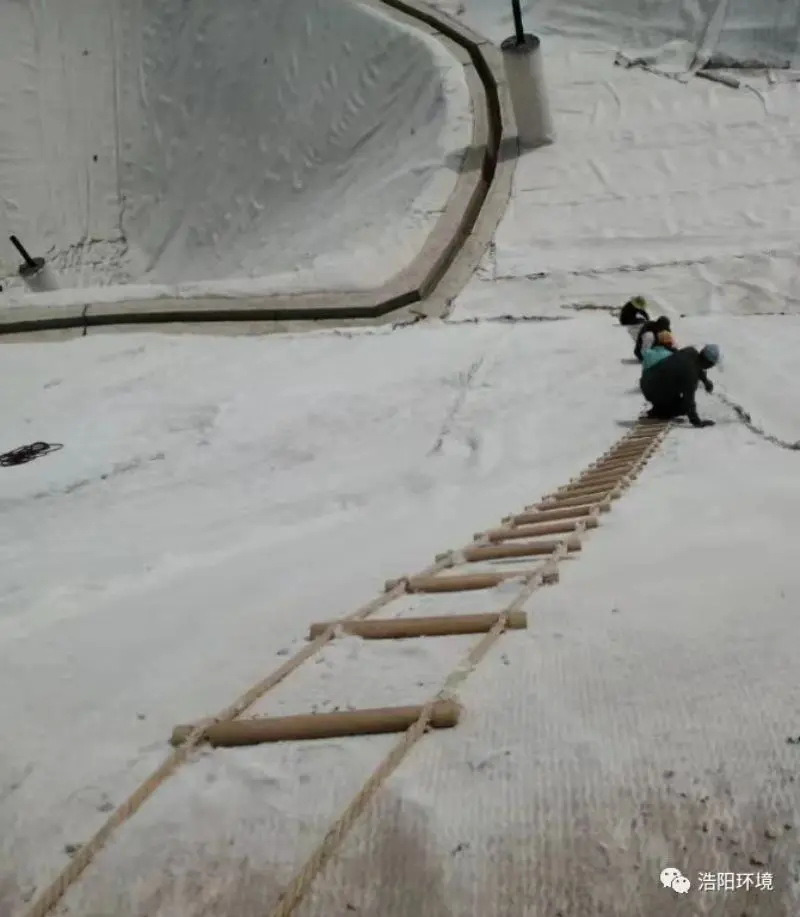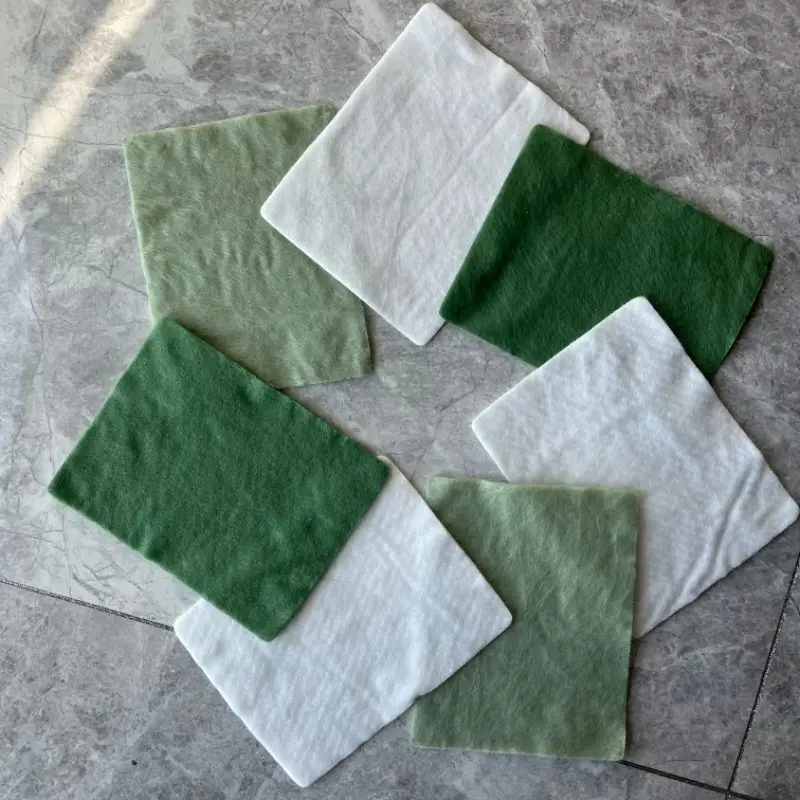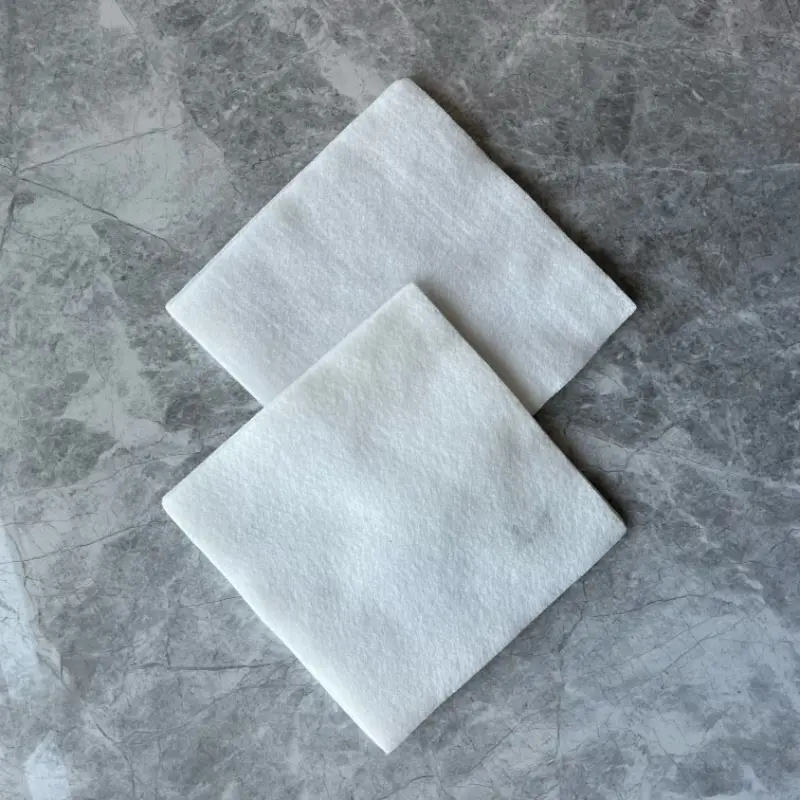Road construction is a vital aspect of infrastructure development, facilitating transportation and connectivity. Over the years, the incorporation of geotextile fabric has revolutionized road construction practices, offering numerous benefits ranging from enhanced durability to environmental sustainability. In this article, we delve into the significance of geotextile fabric in road construction and its multifaceted advantages.
What is geotextile fabrics

Geotextile fabric is a synthetic material used in civil engineering and construction projects, such as road construction for various purposes. It is made from polymers such as polypropylene, polyester, or polyethylene, and is manufactured through processes like weaving, knitting, or needle punching.
Types of geotextile fabrics

Geotextile farbics come in various types, each designed to serve specific functions and applications in civil engineering and construction projects. Here are some common types of geofabrics:
1, Woven Geotextiles: Woven geotextiles are manufactured by weaving individual synthetic yarns together in a regular pattern. They are known for their high tensile strength and robustness. Woven geotextiles are commonly used for applications requiring filtration, separation, and reinforcement, such as road stabilization, embankment reinforcement, and erosion control.
2, Non-Woven Geotextiles: Non-woven geotextiles are made by bonding synthetic fibers together through mechanical, thermal, or chemical processes. They are characterized by their uniform structure and high porosity. Non-woven geotextiles are versatile and widely used in drainage, filtration, separation, and protection applications, including road construction, landfill liners, and drainage systems.
3, Needle-Punched Geotextiles: Needle-punched geotextiles are produced by mechanically interlocking synthetic fibers using barbed needles. This process creates a dense and durable fabric with excellent filtration and drainage properties. Needle-punched geotextiles are commonly used in applications requiring filtration, erosion control, and protection, such as retaining walls, slope stabilization, and coastal protection.
4, Knitted Geotextiles: Knitted geotextiles are manufactured by knitting synthetic yarns into a stable fabric structure. They are known for their flexibility, stretchability, and high tensile strength. Knitted geotextiles are suitable for applications requiring filtration, soil stabilization, and erosion control, such as landscaping, soil erosion prevention, and revegetation projects.
5, Composite Geotextiles: Composite geotextiles are multi-layered fabrics consisting of two or more geotextile components bonded together or combined with other materials such as geomembranes, geogrids, or drainage cores. Composite geotextiles offer a combination of properties and functionalities, such as filtration, separation, reinforcement, and drainage, making them suitable for a wide range of applications, including landfill liners, pond liners, and subsurface drainage systems.
6, Geogrids: While technically not geotextiles, geogrids are closely related and often used in conjunction with geotextiles in construction projects. Geogrids are composed of polymer materials in a grid-like structure and are primarily used for soil reinforcement, slope stabilization, and retaining wall construction. They enhance soil stability by providing lateral restraint and distributing loads more evenly.
Funtions of geotextile fabric in road construction

Geotextile fabric serves as a versatile material in road construction projects, functioning as a separator, filter, reinforcement, and drainage component.
1, Its primary function as a separator involves preventing the mixing of different soil layers, thereby maintaining the integrity of the road structure. By acting as a barrier, geotextile fabric ensures that the subgrade remains stable and supports the overlying layers, thereby minimizing deformation and settlement.
2, Moreover, geotextile fabric acts as a filter by allowing the passage of water while preventing the migration of soil particles. This feature is particularly crucial in areas with high groundwater levels or frequent precipitation, as it prevents the accumulation of water within the road layers, which can lead to instability and erosion. By promoting effective drainage, geotextile fabric helps in preserving the structural integrity of the road, thereby prolonging its lifespan.
3, Furthermore, geotextile fabric serves as a reinforcement component in road construction, especially in areas prone to soil erosion or weak subgrade conditions. By distributing the applied loads more evenly, geotextile fabric reduces stress concentrations and prevents the formation of cracks and potholes. This reinforcement mechanism enhances the structural capacity of the road, enabling it to withstand heavy traffic loads and environmental factors effectively.
4, In addition to its functional benefits, geotextile fabric contributes to the environmental sustainability of road construction projects. Traditional road construction methods often involve the excavation and disposal of large quantities of soil, leading to environmental degradation and increased project costs. However, the incorporation of geotextile fabric reduces the need for extensive excavation, as it allows for the use of locally available soils with varying properties. This not only minimizes the environmental footprint of road construction but also reduces transportation costs associated with importing external materials.
5, Moreover, geotextile fabric is inherently durable and resistant to degradation caused by exposure to harsh environmental conditions, including moisture, chemicals, and ultraviolet radiation. This durability ensures the long-term performance of the road, thereby reducing the need for frequent maintenance and repair activities. Consequently, road construction projects incorporating geotextile fabric exhibit lower life cycle costs and offer greater value for investment.
In conclusion, the incorporation of geotextile fabric in road construction projects offers a myriad of benefits, including enhanced durability, improved drainage, and environmental sustainability. Its versatile applications as a separator, filter, reinforcement, and drainage component make it an indispensable material in modern road construction practices. As infrastructure development continues to evolve, the utilization of geotextile fabric will remain instrumental in building resilient and sustainable transportation networks for the future.
Haoyang stands at the forefront as a premier geotextile fabric manufacturer in China, renowned for our unwavering commitment to delivering excellence. With a focus on quality assurance and customer satisfaction, we guarantee top-tier products at competitive prices. Our dedication to innovation and reliability ensures that every geotextile fabric we produce meets stringent standards, making us the preferred choice for discerning clients worldwide. If you are looking for geotextile fabric products, fell free to contact Echo --
Phone/whatsapp: 0086-18853127527
email: export@hygeosynthetics.com
736.webp)
878.webp)
897.webp)
942.webp)
237.webp)